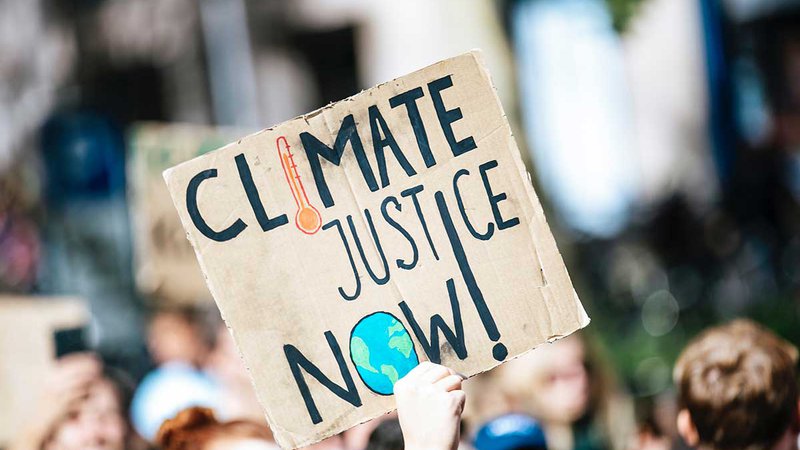Welcome to Part One of our three-part series on the Inflation Reduction Act (IRA), where we’ll share resources for homeowners and renters, and information on how the IRA can help New Yorkers save money (and the climate)!
The Inflation Reduction Act is incentivizing New Yorkers to switch to clean energy technologies for the benefit of public health and safety. This federal law provides an estimated $370 billion in national investments for households and taxpayers to upgrade their homes, save money, and reduce their energy usage through tax credits and rebates.
Homeowners and renters are able to combine these IRA benefits with State incentives and programs to generate the highest amount of savings for their residences. For an estimate on how much you can save with the IRA, use Rewiring America’s IRA Savings Calculator to determine your eligibility and potential savings.
Tax Credits: New York homeowners and renters can take advantage of the IRA tax credits to lower the cost of their home energy efficiency improvements, energy-saving renovations, and installation of efficient heating and cooling systems. A tax credit is a dollar-for-dollar reduction in the amount of federal income tax you owe.
The Energy Efficiency Home Improvement Tax Credit and the Residential Energy Property Tax Credit are available for New Yorkers to utilize. These IRA tax credits became available on January 1st, 2023, so New Yorkers can claim credits on eligible purchases this year through 2033!
Energy Efficiency Home Improvement Tax Credit
What is it? From home weatherization and efficiency upgrades to the installation of clean energy properties, this tax credit helps you cover the costs of qualified energy efficiency improvements, residential energy property expenditures, and home energy audits.
Am I Eligible?
You are eligible if:
- You are making energy efficiency improvements on an existing home - not a new construction (your primary residence that you own)
- Your home is located in the United States and
- You have purchased the qualified improvements and placed them into service during the appropriate tax year.
Tax Credit Information: The amount of credit awarded is equal to 30% of what you pay for certain qualified expenditures.
Tax Filing Information: File Form 5695, Residential Energy Credits Part I or II, with your tax return to claim the credit. If you need help on how to file, view the instruction form for Form 5695!
Qualifying Expenditures and Credit Amounts
NOTE: Your energy efficiency home improvements must meet the applicable requirements and standards to qualify for the Energy Efficiency Home Improvement Tax Credit.
See the qualifying expenditures below and view the IRS site for more detailed information!
Qualified Building Envelope Components:
- Insulation and air sealing materials or systems: 30% of the costs
- Exterior windows & skylights: 30% of the costs up to $600 max
- Exterior doors: 30% of the costs up to $250 each ($500 max)
Qualified Residential Energy Property: (30% of the costs + labor, up to $600 for each item)
- Central air conditioners
- Natural gas, propane, oil water heaters
- Natural gas, propane, or oil furnaces and hot water boilers
Heat pumps and biomass stoves / boilers: (30% of costs + labor)
- Electric or natural gas heat pumps / heat pump water heaters
- Biomass stoves
- Biomass boilers
Home Energy Audit: Must include an inspection of a home located in the U.S. and is owned or used by you as your principal residence.
View the IRS site for more details about the Home Energy Audit!
Residential Clean Energy Property Tax Credit
What is it? Provides credit for new qualified clean energy property for your home installed anytime from 2022 through 2033. If you invest in renewable energy for your home, (solar, wind, geothermal, fuel cells or battery storage technology) you may qualify.
Am I Eligible? You can claim whether you own or rent. (must be your main home) You cannot claim it if you're a landlord or property owner who doesn’t live in the home.
Tax Credit Information: The amount of credit awarded is equal to 30% of what you pay for new, qualified clean energy property.
Tax Filing Information: File Form 5695, Residential Energy Credits, with your tax return to claim the credit.
Need help on how to file? View the instruction form for Form 5695!
Residential Clean Energy Expenditures:
- Solar electric property expenditures (solar panels)
- Solar water heating property expenditures (solar water heaters)
- Fuel cell property expenditures
- Small wind energy property expenditures (wind turbines)
- Geothermal heat pump property expenditures
- Battery storage technology expenditures
Need more information on the energy efficiency tax credits, qualifying expenditures or tax filing information? Read this IRS Fact Sheet on the energy efficiency tax credits.
Want a more detailed guide on the tax credits and how you might save? Visit the White House interactive page for detailed examples of how homeowners can save money on their energy-efficiency upgrades!
Read Part Two of our series, Rebates Under the IRA and Part Three, NYSERDA Energy Efficiency Programs.
By Deputy Public Advocate of Infrastructure & Environmental Justice Kashif Hussain, Community Organizer for Infrastructure & Environmental Justice Sasha St. Juste, Infrastructure & Environmental Justice Summer Intern Ava Sklar.
